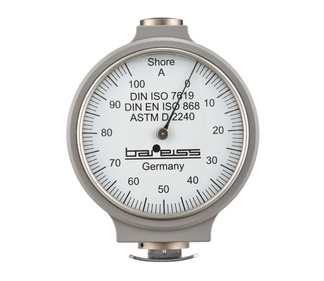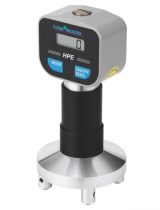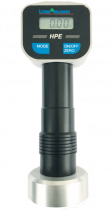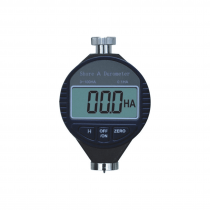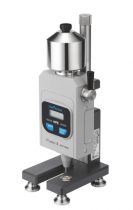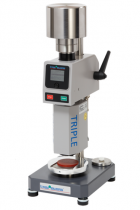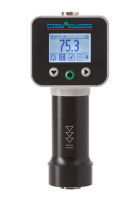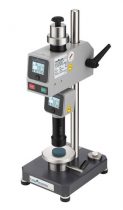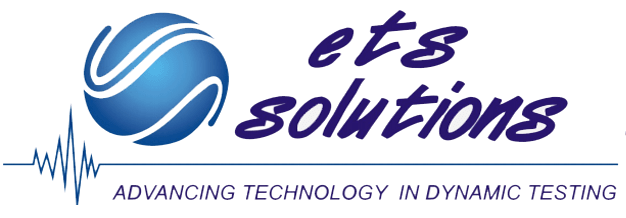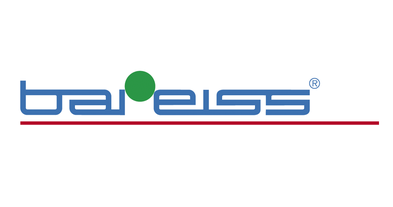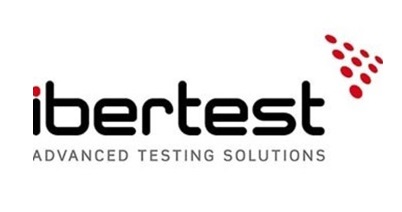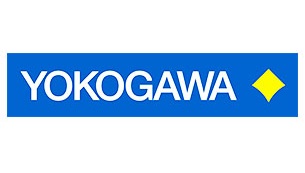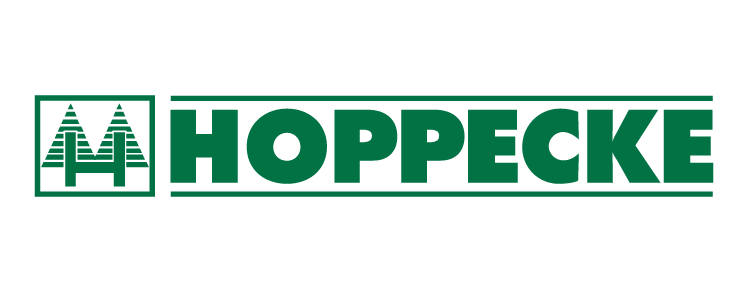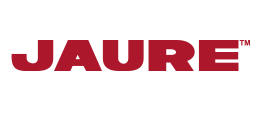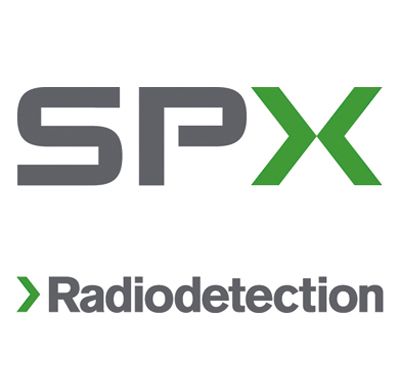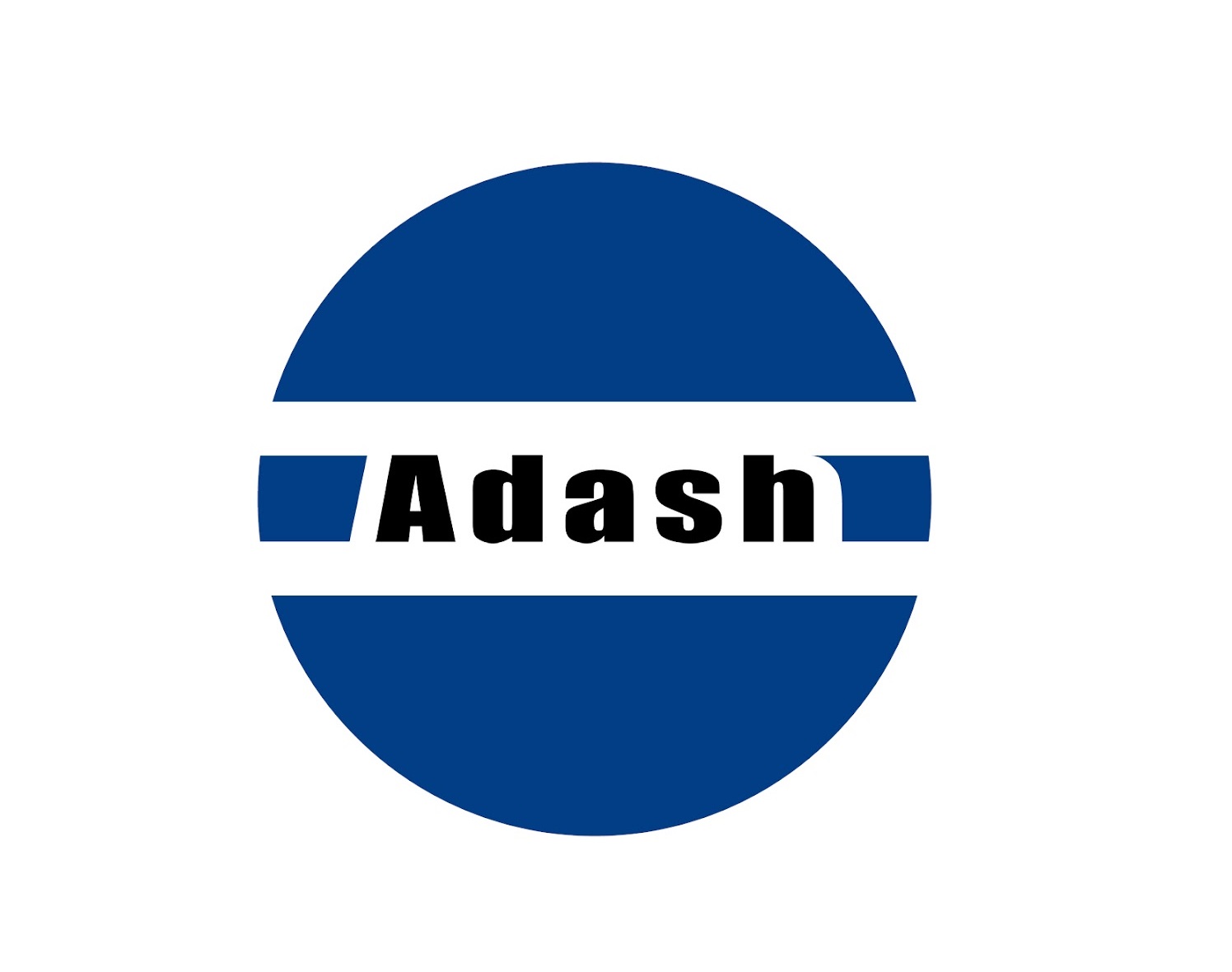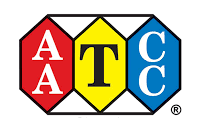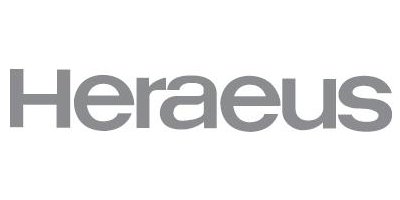Đồng hồ đo độ cứng cao su BAREISS HP
Tình trạng: Còn hàng
Bảo hành: Chưa có thông tin bảo hành
Hardness tester
Round, clearly arranged and antiglare scales.
The scales graduation is 0-100 Shore, divided in 100 units. The entire chassis of HP is made of aluminum which provides light weight and durability.
Bareiss has built the evergreen of hardness testers in a nearly unchanged design since 1954.
Bareiss HP Series is available in different Shore and non-Shore scales and with the possibility of customized pressser foot to suit different requirements.
Test Method
Shore A / A0 / B / 0 / C / D / D0 / 00 / 000 / 000S / E / L/c / weitere Messmethoden auf Anfrage
Standards
DIN ISO 7619 / DIN EN ISO 868 / NF EN ISO 868 / ASTM D 2240 / SRIS 0101
- BS 61 II test stand
- The Bareiss test stand is determined for series of measurements and serves for picking up the manual hardness testers acc. to Shore – both, mechanical and digital types. The pick-up device of the test stand allows a quick and easy clamping of the hardness tester.
- Fig.: BS 61 II test stand in
connection with the HPE II
Check device for HP and HPE II
In compliance with ISO 9000 the user is obliged to a regular control of his measuring equipment. With the check device the accuracy of Shore hardness testers is controlled. It allows a quick control of the spring force in steps by ten for the measuring ranges Shore A/B/0/C/D/DO and L, L/c.
DIN 53 505, EN ISO 868, NF EN ISO 868, ASTM D2240, JIS K 6253.

Reference plates Shore
Standard rubber blocks are used to ensure the metrological capability of the measuring device acc. to Shore during the frequency of recalibration. The rubber blocks are embedded in a holder made of stainless steel.
Scope of delivery:
single, 3, 5 or 6 plates including DAkkS/DKD calibration certificate
Control ring Shore
Control of the measuring distance with DAkkS/DKD / WKS Certificate
- 20 Shore
- 40 Shore
- 60 Shore
- 80 Shore
DAkkS/DKD calibration certificate
When a measuring instrument is being calibrated, the given deviation is determined by various measurements versus standard references. A calibration certificate is then issued indicating the measuring results and the corresponding measurement uncertainties and the instrument is marked as calibrated.
All documents together with the calibration certificate provide traceability of national standards.





